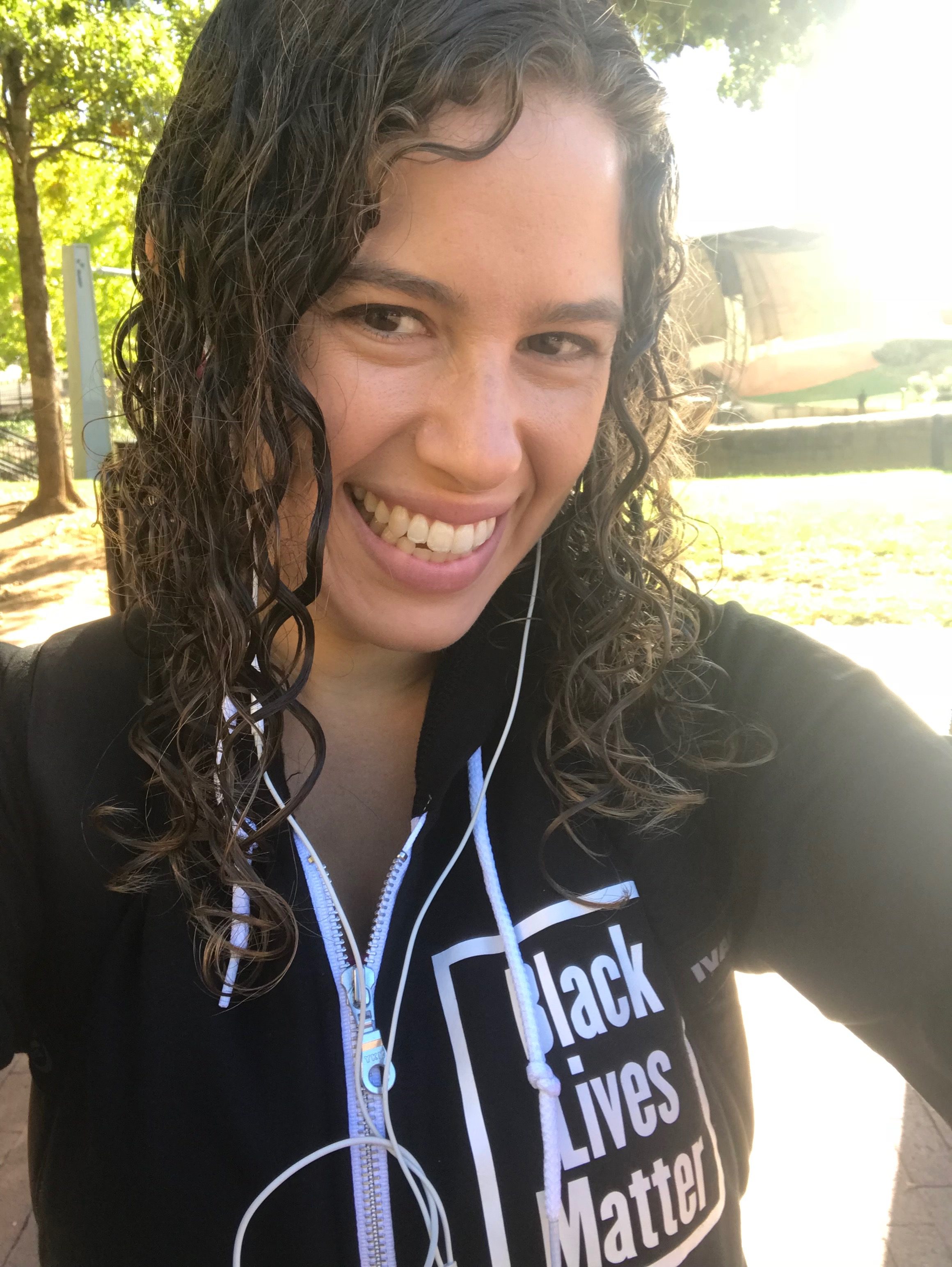This post is a follow-up to this one, which I wrote earlier this week.
At the beginning of this month, I again found myself at a retreat center working to make space with a group of progressive Jews together for the weekend. As we sat in a circle to introduce ourselves to each other on Friday night, we were asked to share our name and pronoun, in addition to answering an icebreaker question. As happened to me my first time, the ritual was not explained in detail before we did it. But afterwards, I had multiple conversations about it. I took it as a sign of progress, though, that the concerns raised in these conversations were not “why are we doing this in the first place?” but rather, they were, “why are we focusing on pronouns and not just asking people to share their gender identity?” And, “wouldn’t this exercise be really hard for some people, who may or may not want to out themselves right away?”
Great questions! While I definitely have my own answers to these questions, I also want to create a communal understanding of the answers. The biggest lesson I learned from these conversations is that as we continue to engage in this ritual, we need to use a more clear framing for why we invite people to share their name and pronoun.
Here’s a starting point. In working to create guidelines for our facilitators of Sex Ed Workshops for Young Adults, Joanna Ware helped craft the following example of how to frame this ritual:
“Let’s go around and say our names and, if you feel comfortable, your preferred pronouns. These are the pronouns you’d like other people to use to talk about you, for example I use _________. We share preferred pronouns so that we all know how to refer to one another respectfully, and because our pronouns aren’t necessarily self-evident. There is much more to gender identity than pronoun preference, and we ask for pronouns just so we can refer to each other respectfully throughout this conversation today.”
This framing addresses the above questions in a few ways. First, it clarifies that we share pronouns because we will be building community together and thus necessarily, at some point, talking about each other and thus perhaps using pronouns. This exercise is quite utilitarian. We say specifically “there is much more to gender identity than pronoun preference,” so that people understand we are not using pronouns as a stand-in for self-definition. The purpose of this ritual is to clarify something that we know we will need (pronouns) and that we know in many situations we will not get correct by simply guessing haphazardly.
Here are some pronoun options that I have commonly heard people choose. If you know more, please add them in the comments!
- No pronoun—just use my name, please, and it repeat my name as needed
- No preference—use whatever pronouns you want
- They/them/theirs
- Zie/hir/hirs
- She/her/hers
- He/him/his
I’m hoping that a better framing of why we ask for preferred pronouns and what we do or do not take them to signify will help us work together to build a safer space, to complicate the gender binary, and to stand in solidarity with trans and gender variant people in our community and who have yet to join our community.
And, as a new friend said to me last night, we do it just to be good people. To do something nice.
What do you think? I would be open to publishing guest posts on the topic from anyone who identifies as transgender, genderqueer, and/or gender variant, or anyone else who has worried about being mis-pronouned. I openly invite feedback on the reflections and concerns I shared in this post, and I would love to discuss it further both on and offline.
